India yesterday commissioned its first home-built aircraft carrier as it seeks to counter regional rival China’s much larger and growing fleet, and expand its own indigenous shipbuilding capabilities.
The INS Vikrant, whose name is a Sanskrit word for “powerful” or “courageous,” is India’s second operational aircraft carrier, joining the Soviet-era INS Vikramaditya, which it purchased from Russia in 2004.
The new 262m carrier, designed by the Indian Navy and built at in Kochi, was launched by Indian Prime Minister Narendra Modi as part of the country’s commemoration of 75 years of independence from British rule.
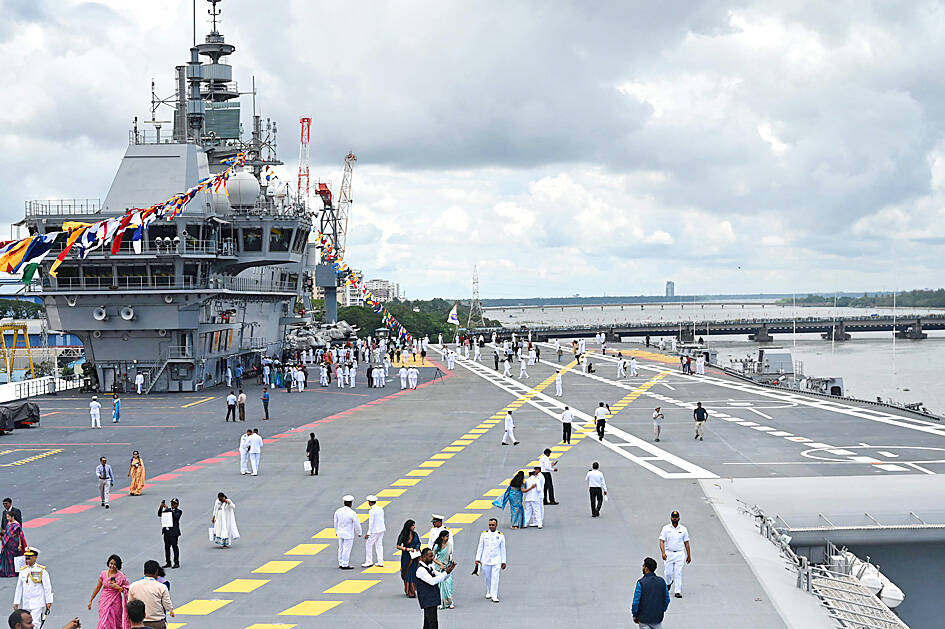
Photo: AFP
More than just adding to the country’s naval capabilities, Modi stressed the importance of India now being only one of a handful of nations with an indigenous carrier program.
“It’s a historic day and landmark achievement,” Modi said. “It’s an example of the government’s thrust to make India’s defense sector self-reliant.”
The carrier is the largest warship to be built in the country, and can carry a crew of about 1,600 and operate a fleet of 30 aircraft, including fighter jets and helicopters, the navy said.
More than 75 percent of the new vessel’s components are indigenously procured, with half a dozen major industrial firms and more than 100 smaller businesses providing equipment and machinery, the Indian Ministry of Defense said.
A delay of six years caused a sixfold price overrun to 200 billion rupees (US$2.5 billion), defense experts have said.
The warship would be fully operational by the end of next year, after first undergoing landing trials with India’s Russian-made MiG-29K fighter aircraft.
India plans to equip the carrier with more than two dozen new fighters, with French-built Rafale-M fightes and US-built F/A-18 Block III Super Hornet jets being considered.
Until then, it would rely on the Russian aircraft borrowed from India’s other carrier, said Rahul Bedi, a defense expert.
In the past few years, China has expanded its presence into the Indian Ocean, the Western Pacific and beyond.
Last month, it sailed a navy vessel to a Chinese-built port in Sri Lanka, despite security concerns from New Delhi about such a port call right off India’s coast.
Beijing called the visiting ship a research vessel, but it was widely believed to be a dual-use spy vessel that India feared could be used to surveil the region.
In response to concerns over China’s growing assertiveness, the Indian Navy last year sent four warships to Southeast Asia, the South China Sea and the Indo-Pacific region for joint exercises with the US, Japan and Australia.
Modi yesterday said security concerns in the Indo-Pacific region and the Indian Ocean have been ignored for too long.
“Today this area is a big defense priority of the country for us,” he said. “We are working in every direction, from increasing the budget for the navy to increasing its capacity.”
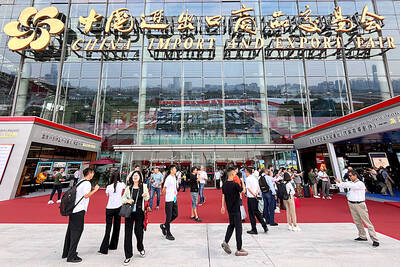
CARROT AND STICK: While unrelenting in its military threats, China attracted nearly 40,000 Taiwanese to over 400 business events last year Nearly 40,000 Taiwanese last year joined industry events in China, such as conferences and trade fairs, supported by the Chinese government, a study showed yesterday, as Beijing ramps up a charm offensive toward Taipei alongside military pressure. China has long taken a carrot-and-stick approach to Taiwan, threatening it with the prospect of military action while reaching out to those it believes are amenable to Beijing’s point of view. Taiwanese security officials are wary of what they see as Beijing’s influence campaigns to sway public opinion after Taipei and Beijing gradually resumed travel links halted by the COVID-19 pandemic, but the scale of
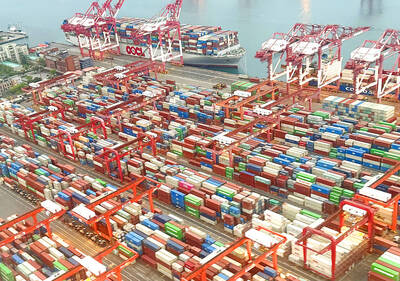
TRADE: A mandatory declaration of origin for manufactured goods bound for the US is to take effect on May 7 to block China from exploiting Taiwan’s trade channels All products manufactured in Taiwan and exported to the US must include a signed declaration of origin starting on May 7, the Bureau of Foreign Trade announced yesterday. US President Donald Trump on April 2 imposed a 32 percent tariff on imports from Taiwan, but one week later announced a 90-day pause on its implementation. However, a universal 10 percent tariff was immediately applied to most imports from around the world. On April 12, the Trump administration further exempted computers, smartphones and semiconductors from the new tariffs. In response, President William Lai’s (賴清德) administration has introduced a series of countermeasures to support affected
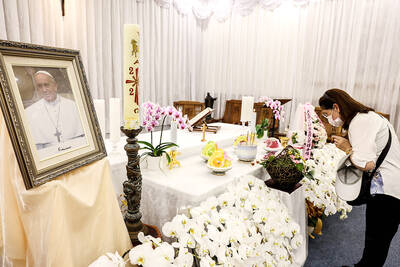
Pope Francis is be laid to rest on Saturday after lying in state for three days in St Peter’s Basilica, where the faithful are expected to flock to pay their respects to history’s first Latin American pontiff. The cardinals met yesterday in the Vatican’s synod hall to chart the next steps before a conclave begins to choose Francis’ successor, as condolences poured in from around the world. According to current norms, the conclave must begin between May 5 and 10. The cardinals set the funeral for Saturday at 10am in St Peter’s Square, to be celebrated by the dean of the College
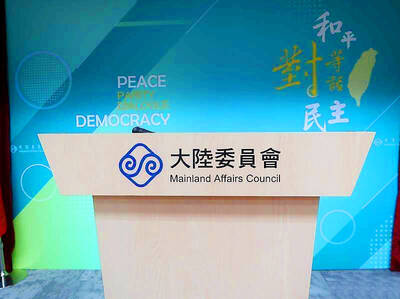
CROSS-STRAIT: The vast majority of Taiwanese support maintaining the ‘status quo,’ while concern is rising about Beijing’s influence operations More than eight out of 10 Taiwanese reject Beijing’s “one country, two systems” framework for cross-strait relations, according to a survey released by the Mainland Affairs Council (MAC) on Thursday. The MAC’s latest quarterly survey found that 84.4 percent of respondents opposed Beijing’s “one country, two systems” formula for handling cross-strait relations — a figure consistent with past polling. Over the past three years, opposition to the framework has remained high, ranging from a low of 83.6 percent in April 2023 to a peak of 89.6 percent in April last year. In the most recent poll, 82.5 percent also rejected China’s